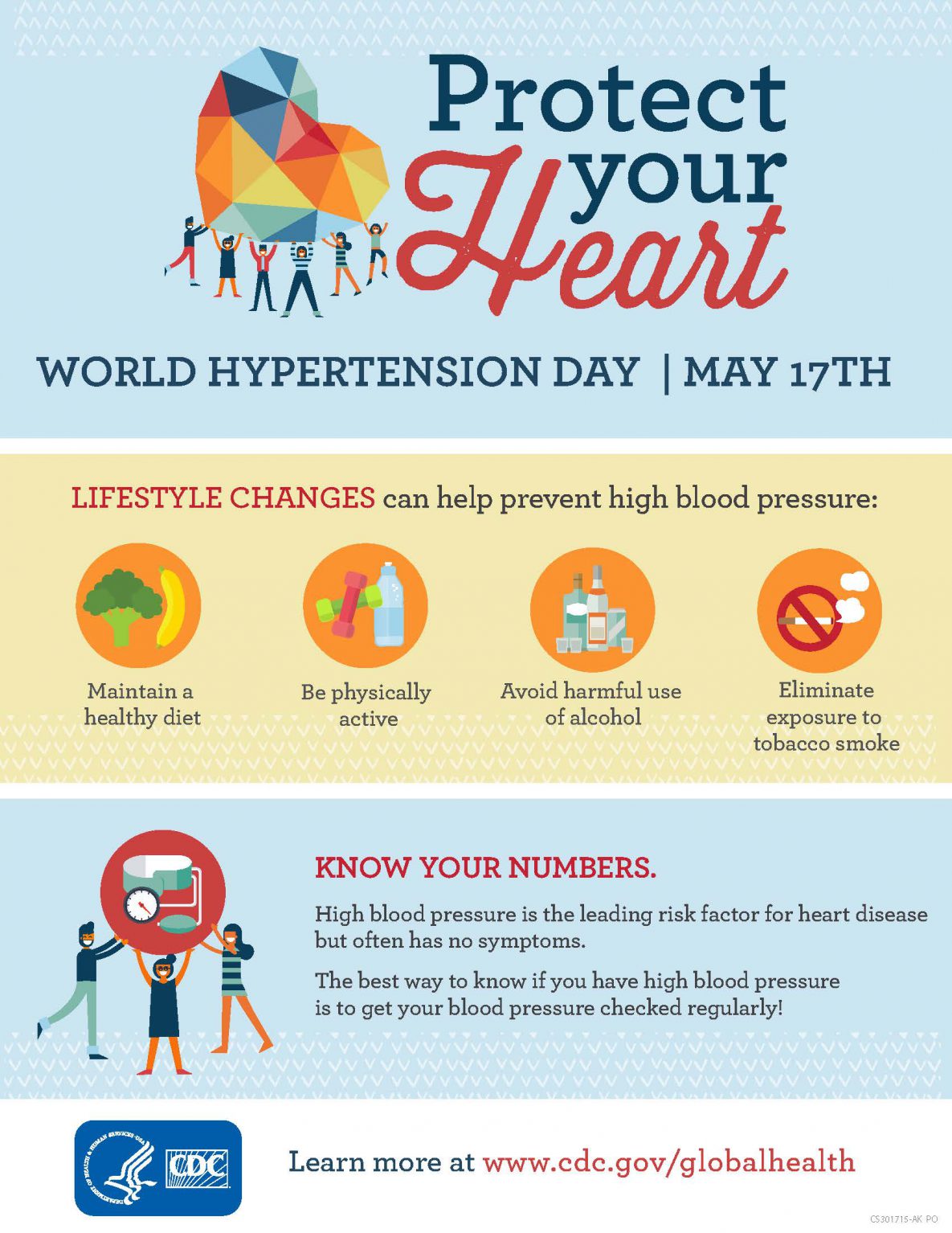Recognizing Various Kinds Of Hernias As Well As The Specialist'S Duty

Post Developed By-Roy Gottlieb
A rupture happens when fat or part of the intestinal tract presses through muscle that ought to be holding it back. This can be excruciating, and also it typically won't vanish on its own.
Often hernias need to be dealt with operatively. https://click4r.com/posts/g/12281770/ 's when physicians consider alternatives like launching muscular tissues, reinforcing the stomach wall surface or component splitting up.
Inguinal hernia
A tiny part of the intestinal tract jabs with a vulnerable point in your stomach muscles near your groin (the inguinal canal is a passage in the reduced part of your abdomen that houses capillary as well as nerves, including the spermatic cable for males and the tendons that support a lady's uterus). You can have this hernia fixed surgically.
Throughout surgical treatment, your doctor can see the hernia utilizing a camera affixed to an extent that is inserted via numerous small cuts on your stomach. An additional tool might be put through the same cuts to assist fix the hernia.
After hernia fixing, it is necessary to follow your doctor's recommendations for avoiding issues. This implies reporting any hernial pain or discomfort that comes and goes, or gets worse. It's likewise essential to prevent heavy training as well as stressing, specifically while you're urinating or coughing. A hernia that comes to be trapped and squeezed sheds its blood supply (it's called imprisonment) and also can pass away, which is a clinical emergency situation.
Umbilical hernia
In the womb, babies pass through a tiny opening between their abdominal wall muscles near the tummy switch (umbilicus). Usually this closes prior to birth, however sometimes it does not. This causes a hernia in 20 percent of all newborns.
Umbilical hernias resemble a swelling or lump in the belly switch. They are most visible when an infant cries or pressures. The lump will certainly get smaller or disappear when the child is tranquil. Periodically, umbilical hernias get stuck (called incarcerated) and also do not receive adequate blood supply. This can cause pain and also death of the cells in the hernia sac.
The majority of umbilical hernias will close without therapy on their own by age 4. When mouse click the following web page do not, doctors at Mount Sinai generally fix them with mesh. This method is connected with less reoccurrences than main suture repair service. The surgical treatment is done via a little cut inside or listed below the stubborn belly switch. A surgical mesh is positioned over the hernia website to provide long-term stamina.
Incisional hernia
This sort of hernia occurs at the site of a previous medical injury. It typically occurs when a loop of the intestinal tract slides via the weak point at the edge of a medical wound that has stopped working to heal correctly because of infection or injury.
This is a harmful hernia because the intestinal tract can become incarcerated and need prompt medical therapy. It can additionally create chronic pain, as well as the hernia might persist even after surgical procedure.
The cosmetic surgeon might make use of a slim, lighted extent (called a laparoscope) to make numerous little lacerations (cuts). Via these lacerations, they could eliminate excess fat and also cells around the hernia as well as fix the weak area of the abdominal wall. They might likewise put in a mesh spot that holds the sticking out intestinal tract and also prevents it from pressing through once more. They might close the hernia with dissolvable stitches or medical adhesive as well as location a plastic or mesh graft over the weak point in the abdominal area.
Hiatal hernia
One of the most typical sort of hiatal hernia is a gliding (type I) hernia. This takes place when the junction in between your esophagus as well as belly protrudes up with the gap in your diaphragm into your upper body cavity. This can trigger indigestion as well as difficulty swallowing.
Bigger ruptures, called paraesophageal (kind II, III and also IV) or diaphragmatic (kind V) ruptures, can be really unsafe and also might require instant surgical treatment. These can bring about lung issues and also pneumonia, or can squeeze the belly so securely that its blood supply is removed.
BWH thoracic specialists perform laparoscopic surgical treatment to lower the dimension of ruptures and also to avoid strangulation. This involves making a few small cuts in your belly and placing a tube with a camera that sends out pictures to a monitor. This permits surgeons to see what they are doing and offers a far better recovery.

